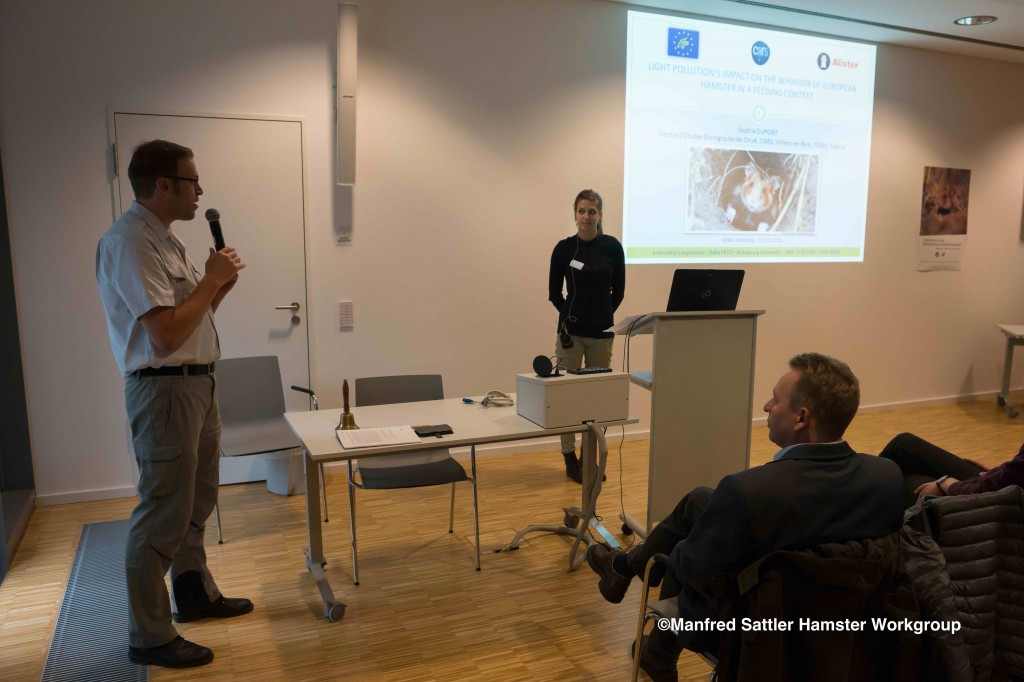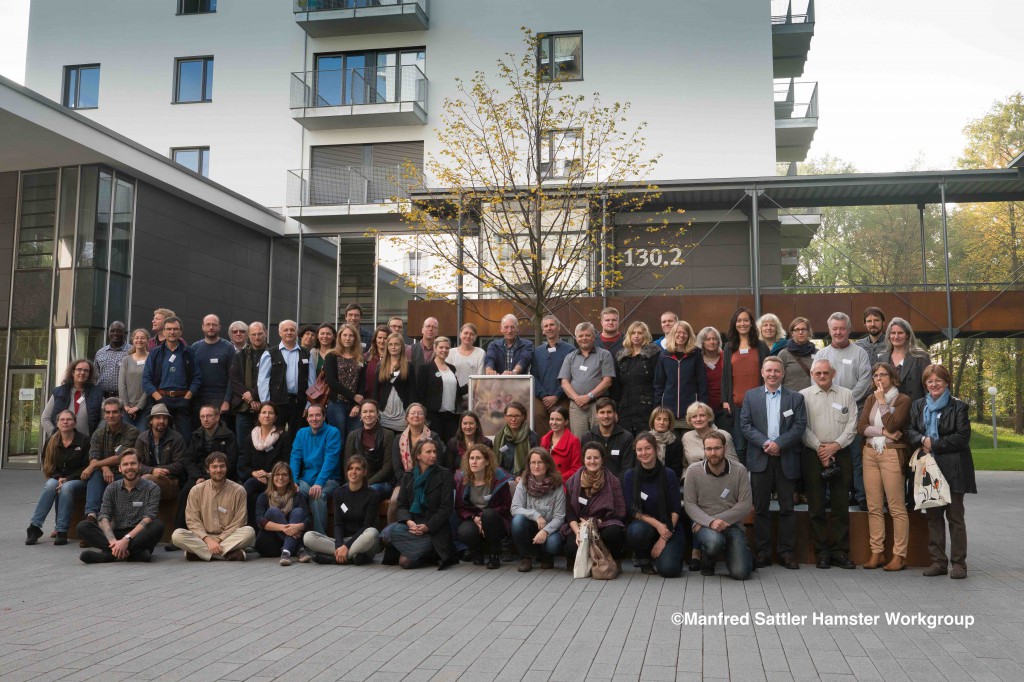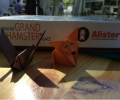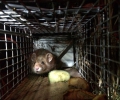International Hamster Workgroup, 23rd edition
26 décembre 2016Since 1994, the progressive disappearance of European Hamster populations has been sufficiently worrying that scientists, experts and enlightened amateurs have worked on preserving this species, meeting each year to share results of their work and knowledge on this topic.
This year, these Hamster Workgroup meetings took place in Heidelberg, Germany, from 28 to 30 October, 2016.
Once again this was the occasion for LIFE Alister Project partners to present their projects as well as following presentations given by research experts from Poland, the Czech Republic, Russia, Germany, the Netherlands and Austria.
Fruitful exchanges
Contrary to France and the Netherlands, policies on preservation of species in other participating countries do not have well-structured plans. On the other hand, many research experts, administrators and nature lovers are interested in the European Hamster and the issues concerning its dwindling population. In this delicate context for the species, studying the communities that seem to resist this recession, is useful. Two very interesting cases were presented by the German and Eastern European teams. In Germany, a team is studying a very dense population in Lower Saxony. In this region, hamsters who have been run over by cars are a very common sight, as was the case in France about twenty years ago. Their study is focused on ways to preserve this population as well as understanding why this community exists and resists. The other example that our LIFE Alister team really paid attention to is that of European Hamsters who live in an urban environment where?, and which weigh much more than those living in the Alsatian plains. If you remember, European Hamsters in Alsace saw their average weight drop by 21% during the last century (from 1937 to 2014), which could possibly impact their survival and reproduction capacities.
Presentation by the CNRS, the Alsace Chamber of Agriculture and the ONCFS
One of the goals of LIFE Alister was to show how important vegetation cover was for the European Hamster population. Through their innovative agricultural practices, studies on hamster behaviour under vegetation cover and assessments of the impact that food has on the survival rate of the animal, the three partners highlighted the interest of this subject which will be repeated next year at a much larger scale in the fields.
They also spoke about the preliminary results of the suburban areas.
Once again, these meetings prove that exchanging experiences and practices are mutually enriching for all stakeholders and help research progress. Dutch agronomists have already made an appointment to talk about the permanent ground cover and strip-till used in Alsace.





